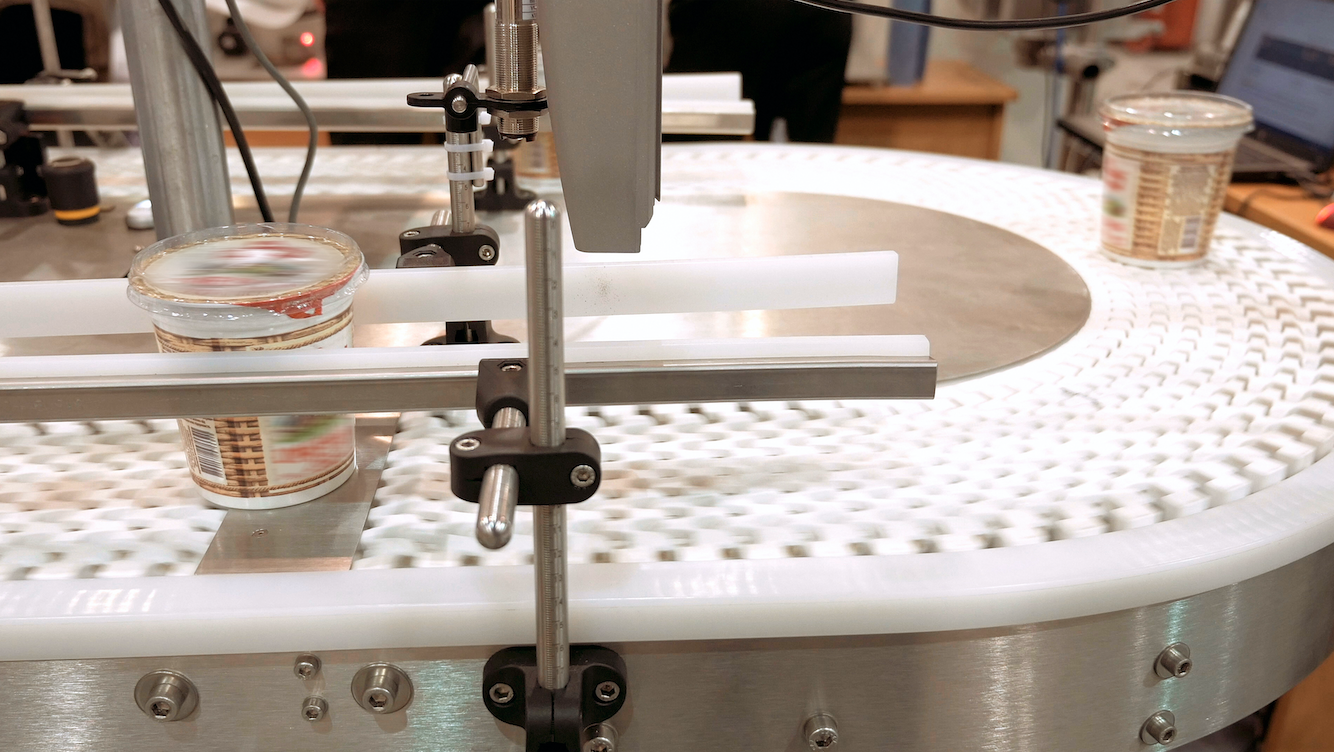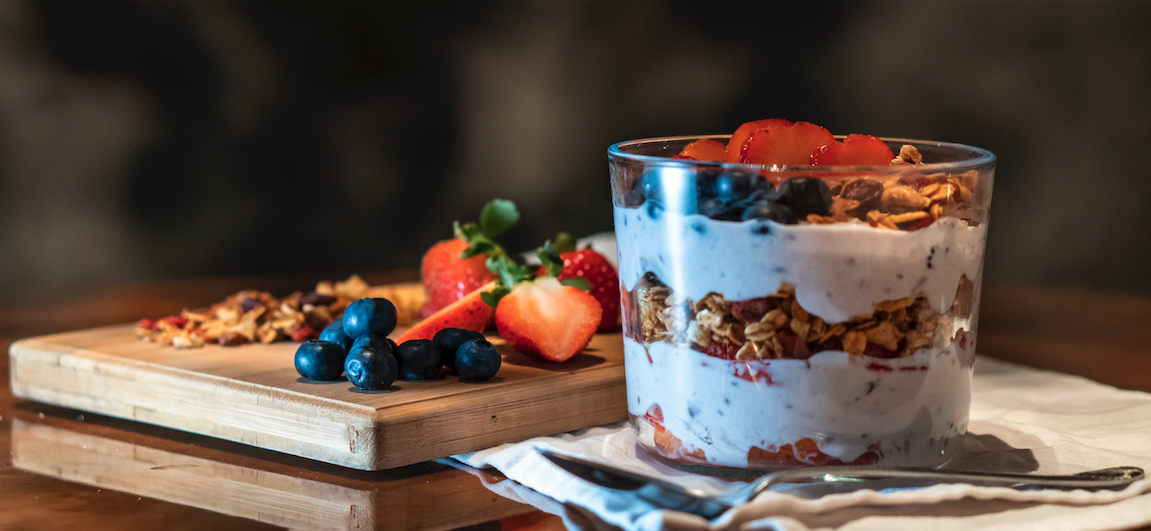
With the trend moving towards cleaner labels in the food and beverage industry, the Gillco Ingredients team prides themselves on being a resource for product developers who are looking to re-formulate.
We understand the time commitment needed to make formulation changes, and we strive to deliver solutions for our current and future customers for all things ingredient related. Our product specialists can answer any questions regarding label friendly ingredient options and functionality based on application. Our manufacturing partner, Cargill, wrote a fantastic article with tips on ways to help you get your label cleaner – we’ve reposted below, check it out!
Cargill’s Erin Radermacher has spent the last eight years immersed in label-friendly reformulation projects, approaching the challenge from both sides of the bench – as a CPG product developer and an ingredient specialist.
Her best advice to fellow formulators: “Invest time up-front to understand the function of each ingredient in your current formula. You’ll save time in the long run and end up with a better finished product, too.”

She admits reformulation work can seem daunting, especially when faced with the task of removing multiple ingredients to make a product more label friendly. Still, she contends success is possible, if formulators have a plan.
Toward that end, Cargill developed a 7-step process to help guide product developers through the minefield of label-friendly reformulation.
1. Categorize ingredients by function.
Start by identifying the primary function of all the ingredients in the current recipe. “This helps us build a basic understanding of what every ingredient in a formula does,” Erin explains. “I see a lot of formulas with redundant ingredients – sauces with multiple starches, gums and emulsifiers. An easy first step is to identify where functional overlap may exist and eliminate the redundancy.”
2. Prioritize replacement.
From there, Cargill suggests formulators rank the ingredients slated for removal. “Sometimes customers come to us with a pretty long list,” Erin notes. “Prioritizing the ingredients can help us focus on the greatest needs first.”

3. Remove traditional ingredients individually.
While the initial steps can often be completed quickly, determining each ingredient’s function in this specific application can be more time-consuming. It’s tempting to cut corners, but this process is critical. “I know from personal experience that when timelines are tight, there’s pressure to remove multiple ingredients at once,” Erin acknowledges. “When we do that, we fail to fully understand all the functions each individual ingredient brings to the formulation. Instead, we make assumptions.” Inevitably, formulators spend more time on the back end, trying to piece together each ingredient’s role.
4. Identify label-friendly alternatives.
With a firm understanding of how each component contributes to the formula, identifying possible label-friendly alternatives becomes much easier. To help the process, Cargill has determined the functional properties of each of its label-friendly ingredients, giving formulators a starting place to select the best replacement options.

5. Test at high and low usage levels.
With a list of possible alternatives in hand, it’s then time to head back to the lab. Label-friendly ingredients typically function differently than the ingredients they are replacing. “That’s why it’s important to test them at both high and low inclusion levels, so you can understand the nuances these ingredients bring to your formula,” Erin explains. She recalls a reformulation project to remove xanthan gum from a sauce. She made two prototypes: one with just 0.5 percent tapioca starch, the other using a much higher 2 percent inclusion rate. The higher level had a slimy mouthfeel, but the low level produced just the right amount of cling. “If I had only tested at the higher rate, I would have completely disregarded this ingredient as an option,” she explains. “By understanding the intricacies of the ingredient in this specific application, I expanded my toolbox of ingredients.”
6. Combine learnings.
Armed with all the information acquired through this label-friendly reformulation process, product developers can begin to optimize ingredient usage levels, making small adjustments to refine the new, label-friendly recipe. At this point, Erin notes that formulators sometimes need to balance competing desires. “On occasion, you’ll end up with more than one viable option,” she explains. “Marketing may want to use the solution with as few ingredients as possible, the technical team may like the functionality of a certain ingredient, while procurement may push for the cheapest solution.” Agreeing on the best approach requires give-and-take, and leads directly into the final step.
7. Collaborate.
Product developers need to approach their clean-label initiatives with a collaborative mindset. “Reach out to your coworkers and your ingredient suppliers to brainstorm solutions,” she advises. “Tapping into all the expertise available around you will make the process go smoother and faster.”

Label-friendly texturizing tools
Process only takes a formulator so far. Successful label clean-up requires a portfolio of replacement options ready to fill a myriad of functional roles. Fortunately, Cargill offers a toolbox full of consumer-friendly texturizing solutions, including starches, pectin, lecithin, pea proteins and chicory root fiber. Starches While they may be best known for viscosity-building, today’s label-friendly starches offer formulators far greater functionality. In many cases, it’s possible to replace modified food starches, and even some of the functional roles of chemically modified gums, with a label-friendly starch solution. These hard-working starches can:
• Enhance mouthfeel
• Prevent syneresis
• Provide viscosity
• Retain moisture
• Build structure
• Replace eggs
• Stabilize emulsions
• Augment porosity and crumb elasticity
• Increase yield
• Improve texture
• Control purge
• Improve pick-up
• Aid in particulate suspension

Pectin
Consumers are most familiar with pectin’s role as a gelling agent in jams, but in reality, it can contribute much more to formulations – from enhancing creamy textures in dairy to protecting proteins in acidic conditions. This multi-functional ingredient is often used to help replace chemically modified gums or modified food starches, especially in acidic applications. Count on pectin to:
• Prevent syneresis
• Enhance mouthfeel (creaminess)
• Protect proteins
• Add viscosity
• Serve as a gelling agent, suspension aid and bake-stable opacifying aid
Lecithin
This well-known emulsifier offers plenty of other functionality, serving as a release agent, dispersant, anti-caking agent and much more. Cargill offers three plant-sourced lecithins: soy, canola and sunflower. The latter two, canola and sunflower lecithin, are especially popular in label-friendly formulations, where lecithin is used to replace mono- and diglycerides and DATEM. Lecithin’s functional properties include:
• Emulsification
• Homogeneity
• Improved dispersibility
• Anti-caking agent
• Improved machinability
• Fat binding
• Release agent
Pea Protein
Consumers are drawn to products made with pea protein, thanks to its nutritional benefits. However, the ingredient provides a number of functional uses beyond protein fortification. It can be used as a viscosifier, bulking agent and even has emulsification properties, helping formulators replace milk proteins, soy proteins (to remove allergens), wheat gluten and animal protein. Among pea protein’s functional characteristics:
• Protein fortification
• Added viscosity
• Mouthfeel enhancement (body)
• Emulsification
• Bulking agent
• Shelf-life extension
• Reduced starch retrogradation
• Increased yield
Chicory root fiber
Widely used for fiber fortification and supporting health benefits, chicory root fiber also plays many roles in label-friendly product development, serving as a fat mimetic in dairy and a bulking agent in reduced-sugar applications. Among its properties:
• Prebiotic
• Fat mimetic
• Viscosifier
• Gelling agent
• Fiber fortification
• Bulking agent (sugar reduction)
The Gillco Ingredients Team is ready to collaborate and help clean up your label. Reach out to us today!